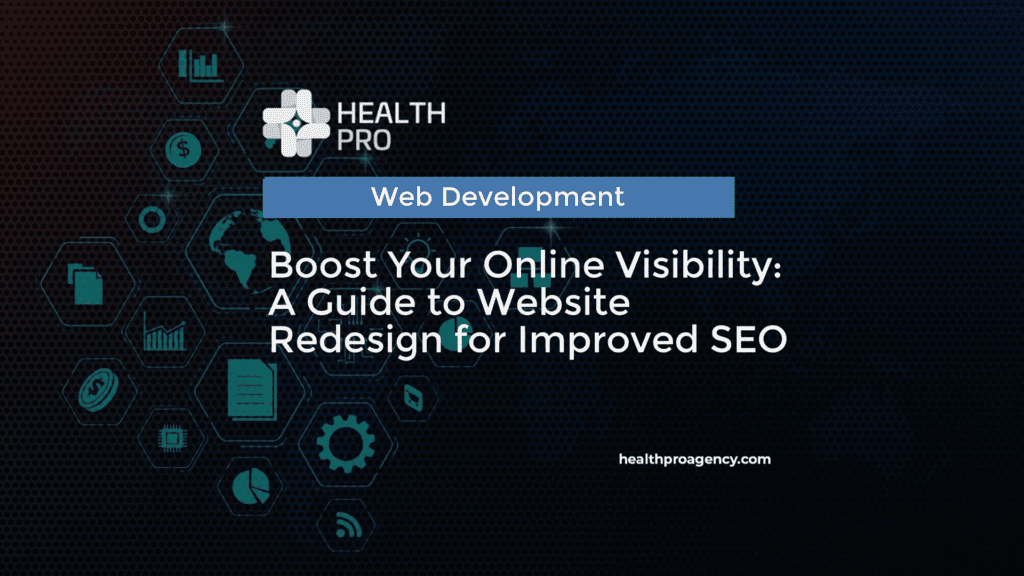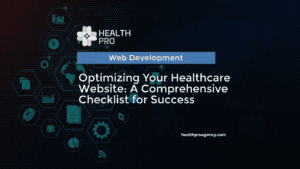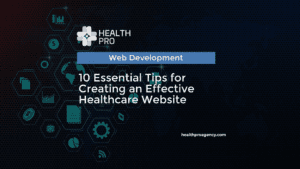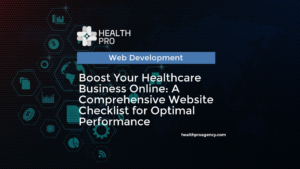Boost Your Online Visibility: A Guide to Website Redesign for Improved SEO
Having a well-designed and optimized website is crucial for any business, especially for health professionals and clinicians looking to attract and retain patients in today’s digital world. A website that is visually appealing, user-friendly, and search engine optimized can significantly boost your online visibility and help you stand out from the competition. In this guide, we will provide you with valuable insights on how to redesign your website for improved SEO.
Understanding the Importance of Website Redesign for SEO
Website redesign is not merely about giving your site a fresh new look. It also involves making improvements to your site’s structure, content, and technical aspects to enhance its visibility on search engines like Google. Search Engine Optimization (SEO) plays a vital role in increasing your website’s organic traffic, attracting potential patients, and ultimately growing your practice.
The Benefits of Website Redesign for SEO
- Improved Rankings: By optimizing your website’s structure, content, and technical aspects, you can increase your chances of ranking higher on search engine result pages.
- Increased Organic Traffic: A well-optimized website will attract more organic traffic, meaning visitors who come to your site without paid advertising.
- Enhanced User Experience: A website redesign allows you to create a more user-friendly and engaging experience for your visitors, leading to longer visit durations and increased chances of conversion.
- Improved Conversion Rates: By improving your website’s design and user experience, you can increase the likelihood of turning visitors into patients or clients.
- Build Trust and Credibility: A modern and professional website design speaks volumes about your practice’s credibility and builds trust among potential patients.
Key Steps for Website Redesign for Improved SEO
When approaching a website redesign with the goal of improving SEO, it’s essential to follow a systematic process. Here are the key steps to consider:
1. Evaluate Your Current Website
Begin by conducting a comprehensive audit of your current website to assess its strengths, weaknesses, and areas for improvement. Evaluate its design, content, user experience, site navigation, and technical aspects like site speed and mobile responsiveness.
2. Perform Keyword Research
Keyword research is a crucial step in any SEO strategy. Identify relevant keywords and phrases that are frequently searched for by your target audience. Incorporate these keywords strategically throughout your website to improve your search engine rankings and attract more organic traffic.
3. Optimize On-Page Elements
Optimize your website’s on-page elements, such as page titles, meta descriptions, header tags, and URL structures. Make sure these elements include relevant keywords and accurately describe the content on each page.
4. Develop High-Quality and Relevant Content
Create informative and engaging content that resonates with your target audience. Publish blog posts, articles, and resources that educate and address the needs and concerns of potential patients. Regularly updating your website with fresh content also signals search engines that your site is active and relevant.
5. Improve Site Structure and Navigation
Ensure your website has a clear and intuitive structure that enables easy navigation for visitors and search engines. Organize your pages into logical categories and use clear and descriptive menu labels. Implement internal linking strategies to guide users and search engines through your website.
6. Make Your Website Mobile-Friendly
With the majority of internet users accessing the web from mobile devices, having a mobile-friendly website is essential. Optimize your website for mobile devices by implementing responsive design techniques and ensuring that your site loads quickly on mobile devices.
7. Enhance Website Speed
Site speed is a crucial factor for both search engine rankings and user experience. Optimize your website’s loading speed by minimizing file sizes, leveraging browser caching, and ensuring efficient server performance.
8. Leverage Local SEO
If you have a local practice or target audience, incorporate local SEO strategies into your website. Optimize your Google My Business listing, use location-specific keywords, and include your address and contact information on your website.
Tying it All Together with The Health Pro Agency
Implementing all the above steps can be challenging, especially if you are a busy healthcare professional focused on providing excellent patient care. That’s where the Health Pro Agency comes in. We are a digital marketing company specializing in providing services to health professionals and clinicians.
The Benefits of Choosing the Health Pro Agency
- Experience: With over 15 years of experience in the industry, our team has the expertise to deliver high-quality digital marketing services tailored to your specific needs.
- Comprehensive Services: We offer a wide range of digital marketing services, including SEO, branding, paid search advertising, reputation management, social media management, web design, and more.
- Healthcare Expertise: We understand the unique needs and challenges of healthcare practices, and our services are designed to help you navigate the digital landscape and grow your practice.
- Healthcare Technology Consulting: Our team can also assist you with healthcare technology consulting, including EHR/EMR systems, patient scheduling, assessment technology, and telemedicine platforms.
Don’t let a poorly designed or poorly optimized website hinder your online visibility and growth. Contact the Health Pro Agency to schedule a strategy session call with our experts today. We’ll help you boost your online visibility and attract more patients to your practice.







